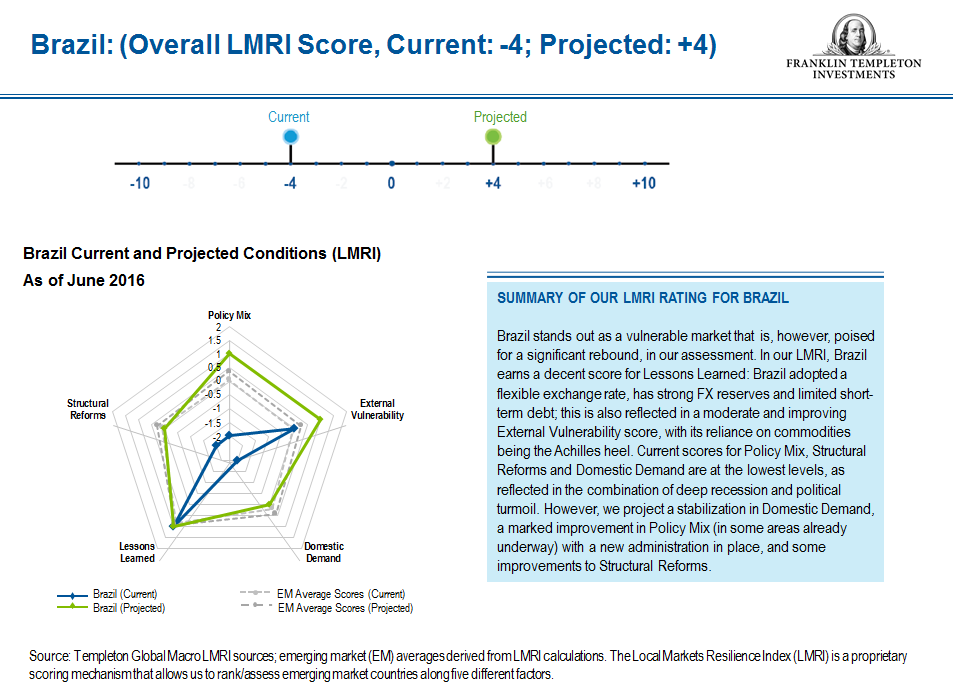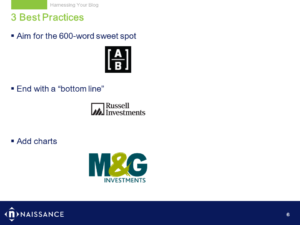Pitch Books: 3 Dos, 3 Don’ts, and 1 Maybe
Few things cause more angst among institutional marketing teams than pitch books. At many of our clients there’s an ongoing, fluid dialogue focused on key execution issues:
- What information is most critical?
- What’s the right level of detail?
- How should we structure the story?
- Should we present multiple, related capabilities?
- How much modification and customization should we allow on a case-by-case basis?
Several recent projects immersed us in a pitch book wonderland. So with that in mind I thought to share a few quick takeaways on what works and what doesn’t.
3 Things to Do
- Include Case Studies: Roughly half of the pitch books we’ve analyzed contain a case study. When done well, these bring the investment process – which is among the least-differentiated content in a typical deck – to life by showcasing both the team and the specific way in which they operate.
- Provide Context: A rare component across pitch books is broader macroeconomic or market context surrounding a strategy, which I see as a miss. Though it may not always be needed, including the bigger picture around a capability establishes its relevance, generates more buy-in for discussing its specifics, and communicates the firm’s overall expertise.
- Reference Peer Data: A second infrequent element within the prototypical pitch book is peer data. As with macro / market context, incorporating how the strategy has performed and how key characteristics and risk measures match up with competitive offerings is an invaluable way to thoroughly educate a prospect.
3 Things to Avoid
- A Process Funnel: As I referenced above, I think the investment process is often among the least compelling facets of the average pitch book. Nothing hammers that home more than the generic three or four-step funnel. Any presentation besides that is an upgrade.
- Mammoth Team Slides: Do you have 85 fixed income PMs and analysts spread across 12 global offices? Fantastic. But nobody wants to see the entire org chart with names, titles, certifications, and other details. An overview of your organization is fine, but when it comes to team specifics focus on the core people that make the strategy go.
- Opportunistic Performance Presentation: Occasionally firms will insert an outlier performance chart; something like rolling 3-month performance over a non-standard time period. I think this can hurt more than it helps, as unexpected presentations bring out skepticism (i.e., “why are you showing me this?”).
1 Thing I’m Unsure About: Reference Retail Success?
Some firms cite retail-oriented elements of a given strategy within a pitch book: AUM in the corresponding mutual fund, Morningstar ratings and other awards received by the fund, etc.
Most institutional marketers blanch at this retail infiltration, but I’m not so sure it’s a bad thing. I understand the concern of looking like a retail firm, but I also think it gives relevant and concise support to the overall message. Noting that the mutual fund has a 5-star rating, for example, will be quickly digested as a positive signal on the strategy overall by the average institutional investor.
I don’t feel strongly enough to say this is a definite “Do”, but I am confident that it’s not a definite “Don’t”.










